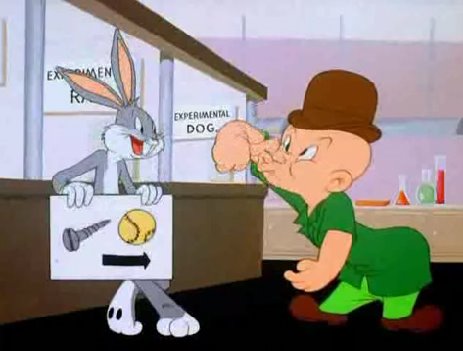Ryan
Court Jester
So it's cool when you drag the thread off topic giving a dead man unsolicited and incorrect business advice, but when the topic turns anti-bus, you cry foul?




Where did I cite anything from a NARP study?Since NARP-supported studies would use the same "selective data" as the ABA-supported studies, let's just leave this argument alone.
I didn't say you did, I meant that the NARP is basically the train equivelent to the ABA. Or maybe the NARP is more like the AIBRA, I'm not sure.Where did I cite anything from a NARP study?Since NARP-supported studies would use the same "selective data" as the ABA-supported studies, let's just leave this argument alone.
The only stats that I provided in this topic came from the National Transit Database (NTD). They have no affiliation with NARP, nor do they accept funding from NARP or any other private entity. The NTD is Federally funded and their job is to collect, compile, and if need be audit the data from any public transit agency in the US.
And while I didn't cite any energy data, the US Department of Energy puts out the Energy Handbook that shows the energy efficiency of all modes of travel, except for the Intercity buses. They don't provide any data to the DOE.


What's wrong with Henry J? He's a very experienced railfan and should deserve some respect to his conclusions, even if he's wrong.That's some henryj-esque "analysis" there.
They both have in common the "I have a conclusion, how can I make up the numbers to prove that conclusion is true" factor going for them.What's wrong with Henry J? He's a very experienced railfan and should deserve some respect to his conclusions, even if he's wrong.That's some henryj-esque "analysis" there.
Apparently there's no data available for intercity buses except total energy use.
Yes, the bus companies don't provide that info. Makes one wonder what they want to hide.Apparently there's no data available for intercity buses except total energy use.
Yes, transit buses do lose efficiency as they near the outer end of their runs and late a night. On the other hand, I also wouldn't expect too much variance in the number despite intercity buses running with more seats sold. The reason, intercity buses have fewer seats to sell. And they never sell standing room. So a jam packed transit bus during rush hour helps to negate the empty transit buses where and when they occur. And that helps to counterbalance the fact that an intercity bus runs largely full.Transit buses use 4,240 BTUs per-passenger mile, but that's even higher than cars! The only way that would be true is because transit buses often run near empty. Note that intercity buses are often much fuller than transit buses.
Does transit buses include demand/response service? If so, I can imagine that skewing the results quite a bit...a lot of rural areas have demand/response service that is more for social welfare than to preserve the environment.Yes, transit buses do lose efficiency as they near the outer end of their runs and late a night. On the other hand, I also wouldn't expect too much variance in the number despite intercity buses running with more seats sold. The reason, intercity buses have fewer seats to sell. And they never sell standing room. So a jam packed transit bus during rush hour helps to negate the empty transit buses where and when they occur. And that helps to counterbalance the fact that an intercity bus runs largely full.Transit buses use 4,240 BTUs per-passenger mile, but that's even higher than cars! The only way that would be true is because transit buses often run near empty. Note that intercity buses are often much fuller than transit buses.
If anything helps an intercity bus, it's going to be the fact that the bulk of their run is on open highways and not stuck in stop & go traffic with lots of traffic lights.
Not sure about this, but transit buses often run very empty so obviously they are inefficient. In fact, in another transport anaysis I saw (forgot the link), transit buses were rated as most inefficient because they burn lots of fuel while having an average load of only 8.8 passengers. Greyhound and other intercity buses obviously have a lot more loads because they run for profits.Does transit buses include demand/response service? If so, I can imagine that skewing the results quite a bit...a lot of rural areas have demand/response service that is more for social welfare than to preserve the environment.Yes, transit buses do lose efficiency as they near the outer end of their runs and late a night. On the other hand, I also wouldn't expect too much variance in the number despite intercity buses running with more seats sold. The reason, intercity buses have fewer seats to sell. And they never sell standing room. So a jam packed transit bus during rush hour helps to negate the empty transit buses where and when they occur. And that helps to counterbalance the fact that an intercity bus runs largely full.Transit buses use 4,240 BTUs per-passenger mile, but that's even higher than cars! The only way that would be true is because transit buses often run near empty. Note that intercity buses are often much fuller than transit buses.
If anything helps an intercity bus, it's going to be the fact that the bulk of their run is on open highways and not stuck in stop & go traffic with lots of traffic lights.
You're showing your age. How many people here do you think have any idea who D B Cooper is?Swadian, you're the best thread hijacker since D.B. Copper.
I'm 33 and I do...You're showing your age. How many people here do you think have any idea who D B Cooper is?Swadian, you're the best thread hijacker since D.B. Copper.
Enter your email address to join: